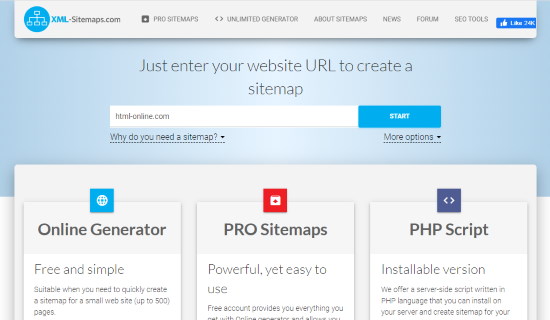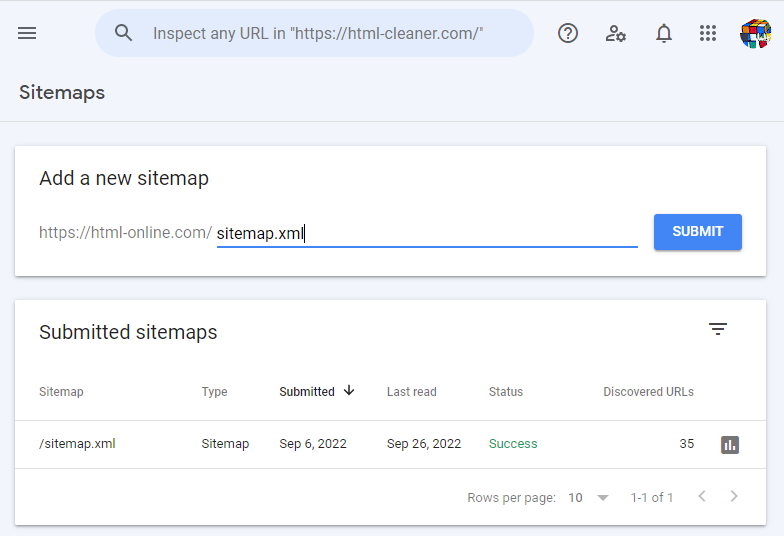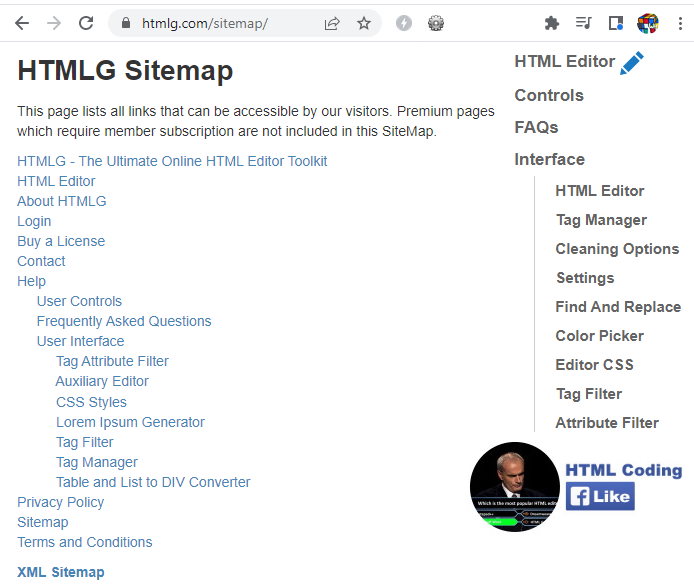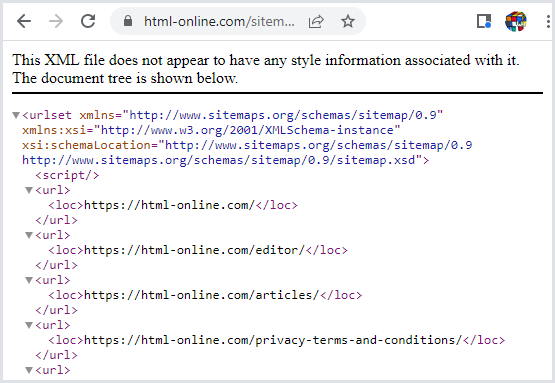Each SEO master and website administrator has definitely heard of SEO sitemaps and their classification. The most commonly used is the sitemap XML for SEO, which serves primarily for internal settings and processes not visible to website visitors. Another type is HTML sitemap for SEO, which represents the website structure for users. This article will shed a light on sitemaps and SEO significance of these documents for website promotion.
What is the relation between sitemaps and SEO?
Getting high rankings for the website is a tedious but rewarding task with lots of methods allowing you to do that. It refers to the creation of XML and HTML sitemaps for your website, which is discussed in detail in this article, along with other different techniques.
You might have probably heard of link building as the fundamental method that is capable of doing miracles to the website ranking. That is so and you should gain the best backlinks for SEO from authoritative websites. However, that is not the only approach SEO masters utilize in their everyday practice.
Getting a website optimized is possible due to the fundamental technical approaches which serve as a basis for everything else. One of those is to create sitemap XML for SEO purposes for the sake of promoting your website by providing clear information to search engines.
The structure of the XML sitemap presents the hierarchy of your entire website and lists all the web pages residing there. Any XML sitemap appears a great SEO tool because it “speaks the language of search engine”. The contents of the XML sitemap make everything clear for crawlers while indexing web pages. Thus, each of your web pages would be processed properly by the crawler and appear on search engines once the appropriate requests are made.
Another type of SEO sitemap is an HTML sitemap which is designed for website users. An HTML sitemap presents a navigation panel for website visitors to make the entire website structure clear and transparent. A decent HTML sitemap ensures a better user experience, which results in improved indices for SEO characteristics.
How to generate XML sitemap and HTML sitemap for SEO?
As we already know what sitemaps for SEO are, let’s have a look at how particularly it is possible to generate them. First, let’s start with the HTML sitemap and the ways to create it using the tools at hand.

There are free online sitemap generators, like this one.
Create HTML sitemap
Before creating an HTML sitemap, it’s recommended to search for broken links on your site. Observe another example of HTML sitemap for SEO to better understand what it looks like. If you are using a content management system (CMS) like WordPress for arranging the contents of your website, benefit from compatible plugins. These are built-in tools allowing you to create SEO sitemaps on WordPress. The most popular plugin is called Yoast SEO with 5+ million active installations.
Once you have created an HTML sitemap, you should make it available for website visitors. For that, create a dedicated item within the main menu or a dedicated page on the website with the link to the HTML sitemap. Once your website structure gets updated, you should preferably regenerate the HTML sitemap right away.
Create XML sitemap
As for the XML sitemap, it is usually generated automatically right in the core folder of your website domain.
HTML-Online.com/sitemap.xml
The same goes when any updates are made to your website structure – the XML sitemap gets updated automatically. This is very useful when you are adding new pages or getting US links for your website. Thus, you do not have to worry about notifying search engines of the changes implemented as the XML sitemap will do that for you.

Once ready, make sure to submit your XML file to Google Search Console
Benefits of SEO sitemaps
If there is anything that can improve the performance of your website, why not take advantage of it? SEO sitemaps are exactly those instruments that you can benefit from to improve the quality of your website and its online visibility.
Enhance navigation
In particular, HTML sitemaps are those items that allow users to obtain a better understanding of your website structure. That is crucial for the overall user experience as visitors will instantly know if there is something they are looking for or not. A clear and representative sitemap is key to a better user experience on your website.
Improve crawling
While HTML sitemaps are primarily designed with a user in mind, XML sitemaps keep crawlers in mind. Another difference between XML sitemaps from HTML ones is that the former always stay on the backend and are not visible to anyone except for the website administrator.

An XML sitemap is a crucial element for SEO optimization because it provides a roadmap for search engines. That way, crawlers know which web pages should be indexed first, and which ones could be analyzed later. Moreover, crawlers understand the website structure and the relation between pages by reading the XML sitemap. This helps to balance the authority across web pages.
Define the website’s purpose
Both types of SEO sitemaps appear powerful mechanisms in providing the overall idea of the website. The contents of those sitemaps could be compared to a plan where all the necessary information is presented on a single sheet. That way, both humans and machines obtain an excellent understanding of your website and its contents.
Good for SEO
The HTML sitemaps improve user experience, this guarantees that the on-page SEO characteristics get better. Meanwhile, XML sitemaps appear extremely helpful for technical SEO as they ensure search engine crawlers index pages correctly. Both these factors reinforce the effect of your SEO strategy and the overall marketing campaign. Check the SEO cheat sheet to learn more tips on how to optimize your website for search engines.

